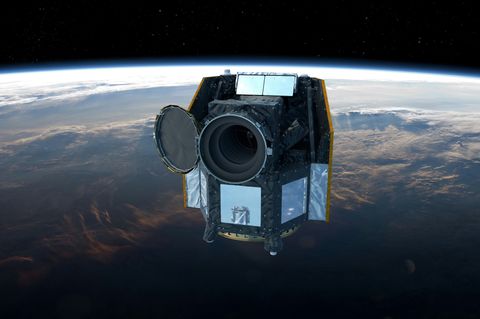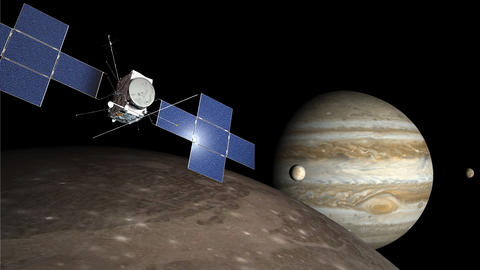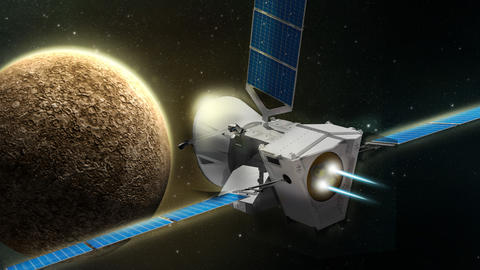CHEOPS – the acronym for: CHaracterising ExOPlanet Satellite – is providing data to better understand the make-up of exoplanets that orbit nearby stars. This was the first European Space Agency (ESA) satellite produced by Airbus in Spain, and is designed to enable a giant leap in mankind’s knowledge of the universe by seeking out small planets that are similar to Earth and studying them in great detail, with the aim of verifying whether some could support life.
The 300-kg. CHEOPS spacecraft was built by an Airbus-led consortium of 24 companies from 11 European countries, working under ESA’s tight schedule for launch at the end of 2019. It is the first of the space agency’s “S” (small) missions, designed to be ready to fly within five years from contract award and using proven technologies to pave the way for bigger and more ambitious missions.
The satellite’s exoplanet-analyser is a Ritchey-Chrétien telescope supplied by the University of Bern, Switzerland and integrated on Airbus’ highly-flexible and compact Astrobus platform that already has been successfully used on such high-profile Earth imaging programmes as Spot 6 and 7, KazEOSat-1, PeruSat-1 and the Sentinel 5 Precursor; along with the MetOp Second Generation weather satellites.



CHEOPS is focussing its attention on the gleam of known stars, detecting the decrease that occurs when a planet passes in front of it. This enables CHEOPS to precisely measure the size of the planet, as well as determine what it is made of. Once a planet’s mass is known, the density can then be calculated – giving an idea of its internal structure, formation and evolution.
The CHEOPS spacecraft has an operational lifetime of at least 3.5 years and is performing its mission from a Sun-synchronous orbit around the Earth at an altitude of 700 km. It was lofted by a Soyuz launcher in December 2019 from the Spaceport in French Guiana.
Characterising ExoPlanet Satellite CHEOPS
Latest CHEOPS news







